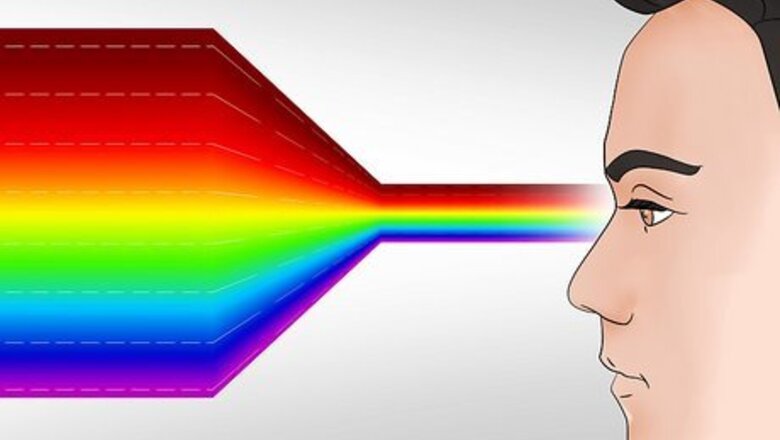
views
X
Research source
What is blue light?
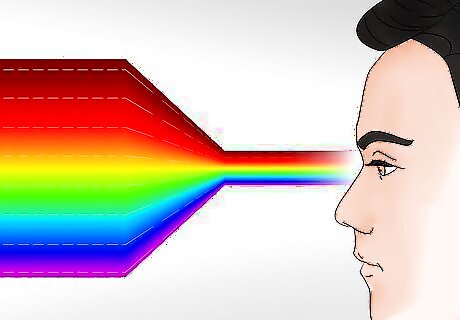
Blue light is a color on the visual light spectrum. The human eye can see all the colors of the visual light spectrum (which are also referred to as wavelengths), including blue, red, and green. Blue light is visible in sunlight and on the screens of electronic devices.
Is blue light harmful?
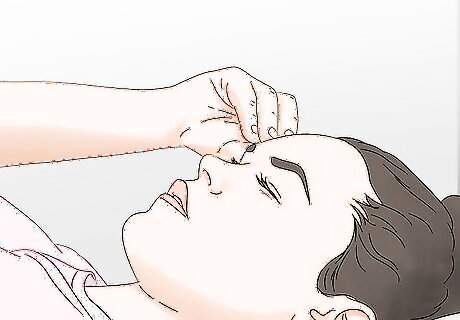
Too much blue light can have a negative impact on your sleep cycle. If you're exposed to an excess amount of blue light, it can disrupt your body's production of the sleep hormone melatonin and alter your circadian rhythm. Because of its effects, ophthalmologists often recommend limiting your screen time to cut back on your blue light exposure (especially before bedtime). Not all exposure to blue light is bad. Blue light from the sun, for example, helps you feel more awake in the morning. The main culprit is the blue light emitted from LED screens, especially at night.
Which blue light lenses are most effective?
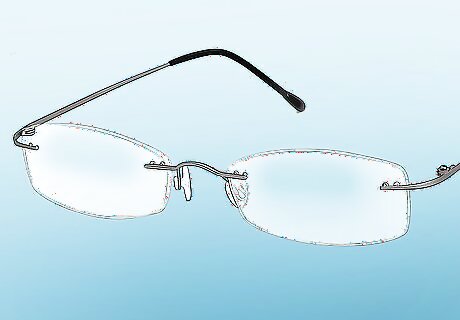
Clear lenses block less blue light, but are great for everyday use. Clear lenses are the most popular models of blue light glasses, since they have no tint and look like regular glasses. Though they are not as effective as amber or orange-tinted lenses, some studies have shown that they can still reduce the harmful effects of blue light on your eyes. They are often used to prevent eyestrain in people who work from home or stare at a screen all day. They are also great for people that don't want to distort their color perception when using screens.
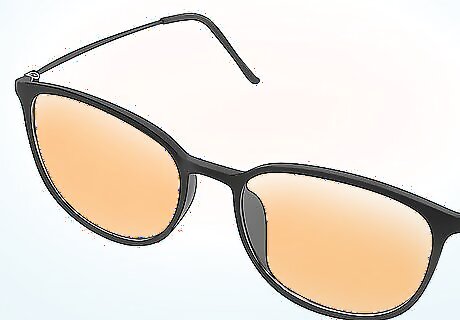
Amber or orange-tinted lenses are able to block more blue light. The range of blue light that these models block varies as well, but some studies have shown that they're able to increase the amount of protection your eyes get. Orange and amber-tinted glasses are often used by gamers or others who use screens at night, as the increased protection can help prevent blue light exposure from negatively impacting your sleep. It's best not to wear orange-tinted lenses when you're not actively staring at a screen. As they significantly alter your color perception, they can negatively affect your vision when you're doing other things, like driving.
RGB Color Chart Test
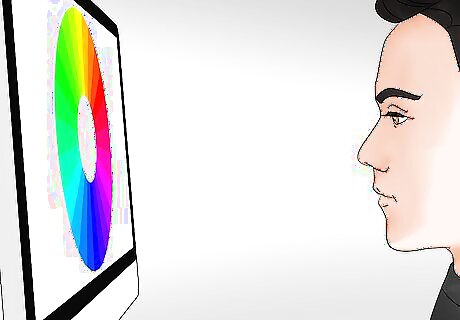
Look at the RGB color chart without your glasses first. RGB stands for "Red, Green, Blue." To find the RGB color chart image, search "RGB Color Chart" or "RGB Color Wheel" online. While looking at the color chart without glasses, you will see a red section, a green section, and a blue section. In the areas in which green and blue intersect, you will also see a smaller light blue (cyan) section.
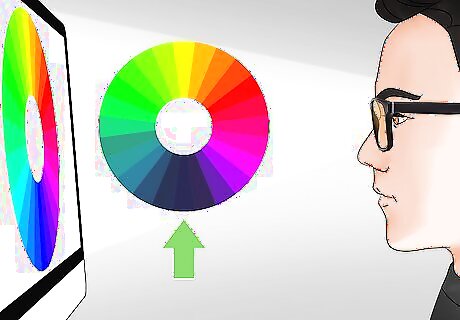
Put on your glasses and stare into the RGB color chart. If your glasses are blocking blue light, the blue section will appear much darker than before (dark blue, dark grey, or black). The light blue (cyan) section will blend in with the green section, which will also be significantly darker. If this is what you see, that means your glasses are effectively blocking at least some blue light. If there isn't a significant change, it's possible your glasses may not be blocking blue light.
Black and Blue Square Test
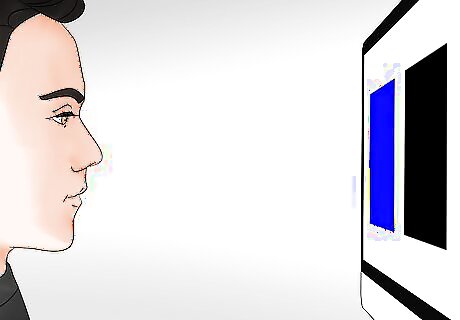
Stare into the black and blue squares without your glasses first. To find the black and blue square test online, search "Black and Blue Square Test" to pull up the image. When you're not wearing your glasses, you should see one black square and one blue square. Alternatively, sometimes this test is done as a blue and black circle. If so, search "Blue and Black Circle Test" to find a black circle with a blue inner circle inside.
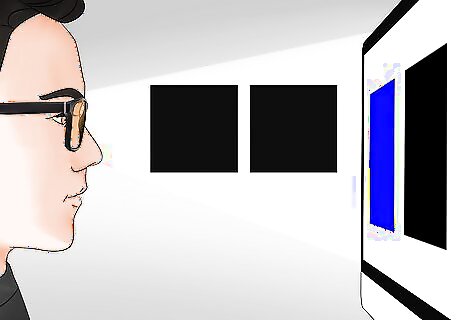
Look into the blue and black squares with your glasses on. If your glasses are blocking blue light, you should now see two black squares. If that's what you see, your glasses are blocking at least some blue light. In the case of the blue and black circle test, you will now see one black circle (with no inner blue circle). If you still see blue and black squares or a blue and black circle, your glasses may not be super effective at blocking blue light.
Lens Reflection Test
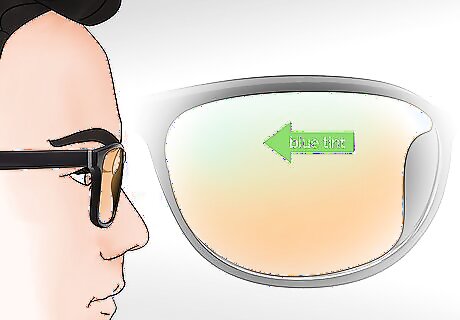
Put on your glasses and notice the colors reflecting off the lenses. This method is not 100% accurate, but it can still give you a general idea of whether your glasses are blocking blue light. Simply put on your glasses and look into the lenses to see if you notice what color is reflecting off of them. If you see a blue tint, it means that your glasses are likely protecting you from blue light. If the color reflecting off your glasses is purple or violet, they may not be protecting you from blue light.




















Comments
0 comment